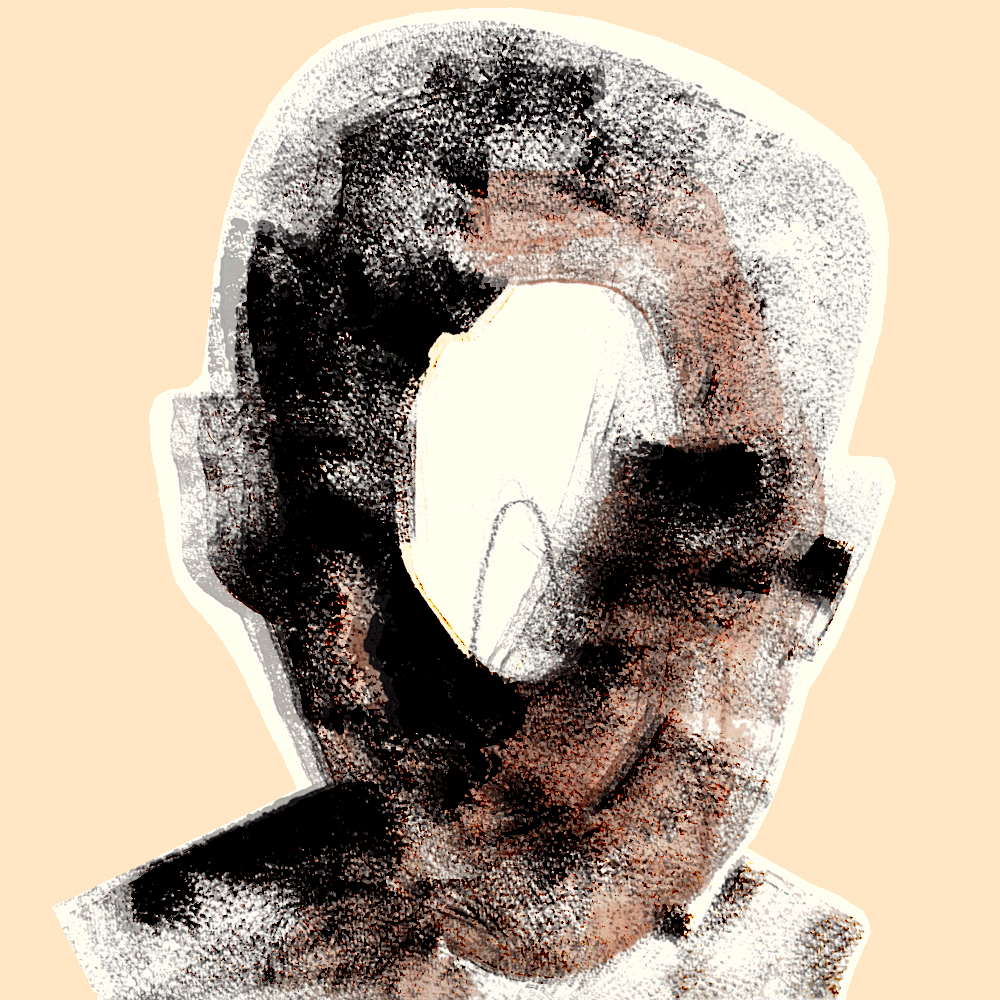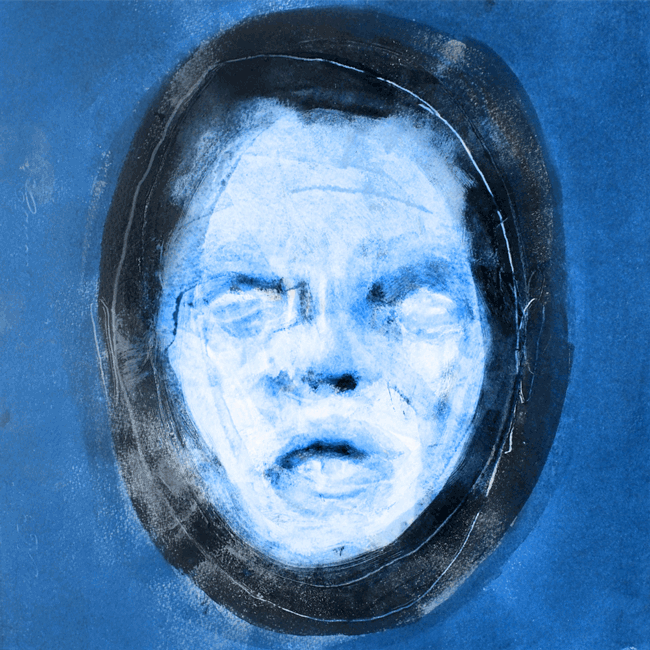Digital media
The video work of Denis Haracic is closely related to his actual visual practice, which means that digitalised fragments and pieces of his paintings, prints and drawings are reused in the creation of animation. So far the artist has worked on several animated bits, including the music video “Monkey in my Head” by Sarajevo based cult band Činčila, as well as a few video projects, exhibited at different occasions.
His last video project was created as aftermath of his work “16/4 embedded truth” which is a series of auto-portraits made during the COVID-19 lockdown. The project was shown in 2021 at the 19th „Festival prvih“ in Zagreb, Croatia.
GIF
This segment is focusing on the artist`s praxis of creating experimental animations generated from different cycles of paintings, drawings and monotype prints. Earlier work is used as common tool in Haracic`s extension towards digital art, serving as feed for short visual stories compressed into a limited number of frames.
By creating dynamic visualizations of his evolving wall pieces the artist strives towards a visual conclusion, reanimating the static pictures through GIF-s and invoking new views into the same subject. A good example of this is the work “Scream” from the 2019 Museum of Now show in Berlin, where the artist opposed the actual wall composition to an animated video of the same work. According to Haracic, even though a polished, high quality video format seems more appropriate for exhibitions, it is the rough transitions of GIF-s that emit truer humanistic values.
“I find the essence of my work to be somewhere in-between the state of sheer human imperfection and an omnipresent and often destructive striving for greatness, which leads us to constantly push the boundaries of our abilities. For me the greatest moments of humanism come exactly from such, rough and unforgiving states of existence, and it is the same with art. A GIF allows me to create an image with raw emotion, only in a small number of frames. The artistic potential in this kind of expression is huge, and I am also excited that the newfound approval for crypto art communicates it as real, unique, limited and traceable objects, in short, real art pieces.”














